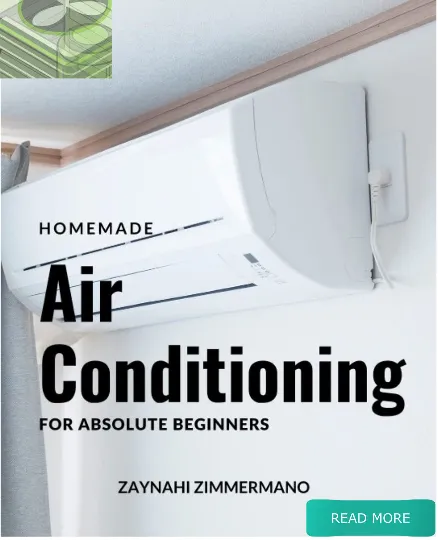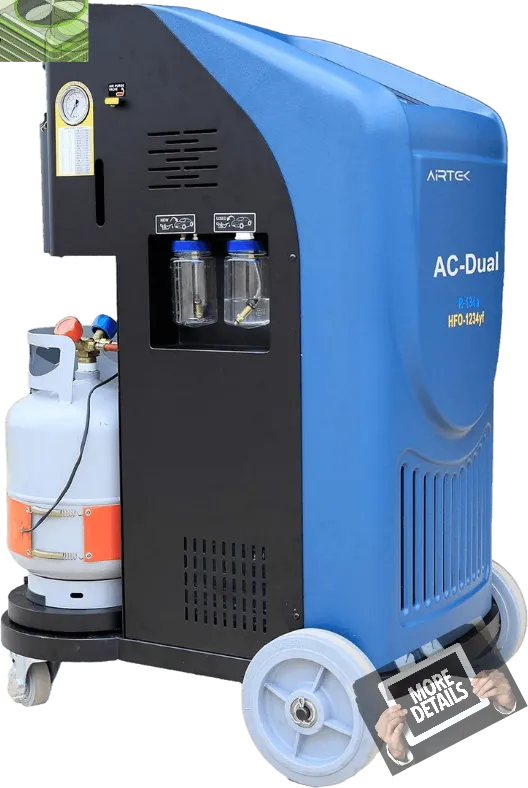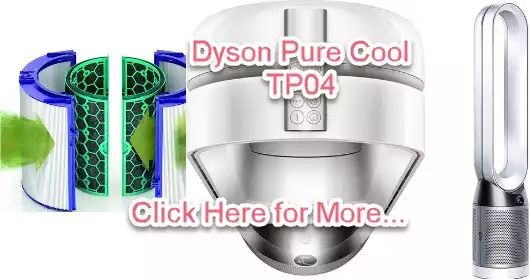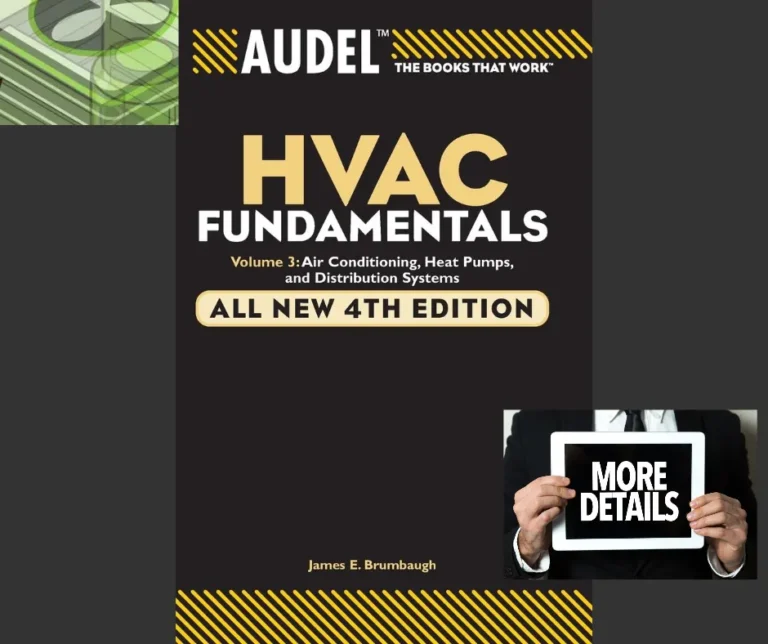HVAC Tips You Can Master
As the sweltering heat of summer approaches, the comfort of your home can quickly become a distant memory.
If you’re looking for an effective and economical way to beat the heat without the hefty price tag of traditional air conditioning units, you’ve come to the right place.
This article, “Homemade Air Conditioning For Absolute Beginners,” will guide you step-by-step through simple, yet ingenious methods to create your own cooling solutions right at home.
Whether you’re a DIY enthusiast or a complete novice, you’ll find accessible strategies that utilize everyday materials to lower the temperature in your living space.
From basic fans with added cooling techniques to more advanced methods involving ice and ventilation, you’ll discover practical tips that cater to various needs and budgets.
By the end of this article you will gain skill in HVAC Tips You Can Master, you will not only gain valuable insights into how air conditioning works but also empower yourself with the skills to create your own comfortable oasis.
So, roll up your sleeves and prepare to transform your environment into a cool haven, as we embark on this refreshing journey together.
Table of Contents HVAC Tips You Can Master
Understand basic HVAC principles first
Grasping the fundamental principles of HVAC systems is essential for anyone looking to engage in effective air conditioning solutions.
A solid understanding of how heating, ventilation, and air conditioning work together will empower you to troubleshoot issues and optimize performance.
Familiarizing yourself with concepts such as thermodynamics, airflow dynamics, and refrigerant cycles will provide you with the foundational knowledge necessary to make informed decisions.
This knowledge will not only enhance your DIY skills but also enable you to identify potential problems before they escalate, ultimately saving you time and money.
Incorporating these basic principles into your approach will streamline your learning process.
You can effortlessly master HVAC installation and repair with insider tips and tricks, leading to a more efficient and practical DIY experience.
As you delve deeper into the intricate workings of HVAC, you will be better equipped to implement effective strategies, ensuring your homemade air conditioning projects yield optimal results.
By honing your understanding of these critical concepts, you can confidently navigate the complexities of air conditioning troubleshooting, securing your path to success.
Gather essential tools before starting
Having the right tools at your disposal is critical for successfully engaging in any air conditioning project.
Before you begin, ensure that you have essential equipment such as a multimeter for electrical diagnostics, refrigerant gauges to measure system pressure, and basic hand tools like screwdrivers and wrenches.
Additionally, investing in safety gear, including gloves and goggles, will protect you during installation or repairs.
By preparing these tools in advance, you can work more efficiently, minimizing frustration and ensuring that you can address any issues that arise with confidence.
Equipped with the necessary tools, you will find that troubleshooting air conditioning systems becomes a more manageable task.
This preparation allows you to tackle problems quickly and effectively, ultimately leading to significant cost savings.
By adhering to a systematic approach and utilizing the right equipment, you will not only enhance your skill set but also enjoy a more rewarding DIY experience.
Learn to read HVAC manuals
Understanding how to interpret HVAC manuals is crucial for anyone involved in installation or repair.
These documents provide detailed information on system specifications, installation procedures, and troubleshooting techniques that can dramatically simplify your work.
By familiarizing yourself with the terminology and layout of these manuals, you will effortlessly master HVAC installation and repair with insider tips and tricks.
This knowledge not only empowers you to resolve issues more efficiently but also helps you gain a deeper appreciation for the intricacies of air conditioning systems.
When faced with challenges during your projects, referring to the manual can be a game changer.
It equips you with expert air conditioning troubleshooting strategies that can prevent costly mistakes and unnecessary expenses.
By investing time in understanding these resources, you develop a valuable skill set that ensures your DIY ventures are both successful and economical.
Embrace this learning opportunity, and you will transform daunting tasks into achievable goals, ultimately enhancing your capabilities as a hands-on technician.
Identify common air conditioning issues
Common air conditioning issues can significantly impact the efficiency and comfort of your indoor environment.
Some prevalent problems include insufficient cooling, unusual noises, and water leaks.
Insufficient cooling often stems from dirty filters, refrigerant leaks, or malfunctioning thermostats, while unusual noises can indicate issues with the compressor or fan.
Water leaks may result from clogged condensate drains or damaged drain pans, which can lead to further moisture problems if not addressed promptly.
By recognizing these issues early on, you can take proactive steps to troubleshoot and resolve them effectively.
This approach not only saves you money on potential repairs but also enhances the longevity of your system.
By understanding these common air conditioning faults, you position yourself to implement expert strategies that keep your HVAC system running smoothly and efficiently.
Troubleshoot problems before seeking help
Before reaching out for professional assistance, it’s beneficial to conduct a thorough assessment of the problem at hand.
Begin by checking the simplest factors, such as ensuring your thermostat is set correctly or confirming that all circuit breakers are functioning.
Often, minor adjustments can resolve issues without the need for outside help.
Familiarizing yourself with the basic components of your air conditioning unit can empower you to identify and address common problems, which may save you both time and money.
By taking the initiative to troubleshoot issues on your own, you not only gain valuable insights into your HVAC system’s operation but also enhance your ability to communicate effectively with technicians if professional intervention becomes necessary.
This proactive approach allows you to effortlessly master HVAC installation and repair with insider tips and tricks, ensuring that you remain informed and engaged in the maintenance of your cooling system.
With expert air conditioning troubleshooting strategies at your disposal, you can tackle challenges head-on, ultimately leading to a more cost-effective and efficient cooling solution.
Insulate ducts to improve efficiency
One effective strategy to enhance the efficiency of your air conditioning system is to insulate the ductwork.
When ducts are uninsulated, they can lose significant amounts of cooled air as it travels through unconditioned spaces, leading to higher energy consumption and increased utility bills.
By wrapping ducts in appropriate insulation materials, you minimize temperature loss and improve the overall performance of your HVAC system.
This simple yet impactful improvement not only ensures that your cooled air reaches its intended destination but also helps maintain a consistent temperature throughout your home.
Implementing duct insulation is an essential step in optimizing your air conditioning setup.
It is a cost-effective measure that contributes to energy savings and enhances comfort levels within your living spaces.
As you deepen your understanding of HVAC systems, this knowledge empowers you to make informed decisions that can further streamline your air conditioning experience.
Embracing such practices not only protects your investment but also fortifies your ability to troubleshoot and maintain your system effectively.
Clean filters regularly for optimal performance
Regularly maintaining the air filters in your HVAC system is crucial for ensuring optimal performance and efficiency.
Clogged or dirty filters obstruct airflow, forcing the system to work harder and ultimately wasting energy.
By taking the time to check and clean or replace the filters as needed, you can significantly enhance the system’s effectiveness, prolong its lifespan, and reduce unnecessary wear and tear.
This simple maintenance task can lead to substantial cost savings on energy bills and repair costs.
In your journey to effortlessly master HVAC installation and repair with insider tips and tricks, understanding the importance of clean filters will empower you to troubleshoot air conditioning issues effectively.
By prioritizing filter maintenance, you not only improve air quality within your home but also create a more comfortable environment.
Remember, a well-maintained system is key to enjoying all the benefits of your homemade air conditioning setup while saving money in the long run.
Know when to replace components
Recognizing when to replace components in your HVAC system is essential for maintaining optimal performance and efficiency.
Over time, parts such as compressors, capacitors, and thermostats can wear out, leading to inefficiencies that may result in higher energy costs and a less comfortable living environment.
By staying vigilant and monitoring the performance of these components, you can avoid unexpected breakdowns and costly repairs.
Regularly assessing the condition of critical parts will enable you to act proactively, ensuring your system operates smoothly and efficiently.
Incorporating this awareness into your maintenance routine not only saves you money through expert air conditioning troubleshooting strategies but also prolongs the life of your entire system.
When you detect signs of wear, such as unusual noises, fluctuating temperatures, or increased energy bills, take the necessary steps to replace affected components promptly.
This proactive approach will help you create a reliable and efficient homemade air conditioning setup that provides comfort in your home while minimizing long-term costs.
Test your system after repairs
After completing any repairs on your HVAC system, it is crucial to thoroughly evaluate its performance to ensure that everything is functioning as intended.
Start by checking for any unusual sounds or vibrations that may indicate improper installation or leftover issues.
Monitor temperature fluctuations to confirm that the system is cooling or heating as expected.
Additionally, keep an eye on energy consumption, as significant changes could signal that further adjustments are necessary.
Taking the time to assess your system post-repair not only solidifies the effectiveness of your recent work but also empowers you to identify any lingering problems before they escalate.
By adopting this methodical approach, you can effortlessly master HVAC installation and repair with insider tips and tricks, ensuring a well-functioning system that ultimately saves you money in the long run.
Keep learning for ongoing improvement
Continuously enhancing your knowledge and skills in HVAC technology is essential for ongoing improvement.
As you navigate through various repair and installation scenarios, staying updated on the latest techniques and industry advancements will not only refine your abilities but also increase the effectiveness of your work.
Engaging with online courses, workshops, and forums can provide valuable insights, allowing you to troubleshoot air conditioning issues with greater confidence and precision.
This proactive approach to learning ensures that you remain well-equipped to tackle any challenges that arise, enhancing both your expertise and the performance of your HVAC systems.
Every experience presents an opportunity for growth, so be sure to document what you learn and apply it to future projects.
By fostering a mindset dedicated to continuous improvement, you can better position yourself to save money through efficient repairs and installations.
This commitment to knowledge will empower you to troubleshoot air conditioning problems with expert strategies, ultimately leading to a more reliable and cost-effective HVAC system.
In conclusion, creating your own homemade air conditioning system is not only a cost-effective solution to combat the heat but also a rewarding DIY project that can enhance your comfort during the warm months.
By following the simple steps outlined in this guide, you can utilize easily accessible materials to achieve a cooler environment in your space.
Remember, the effectiveness of your homemade air conditioner may vary based on factors such as room size and ambient temperature, so don’t hesitate to experiment and make adjustments tailored to your needs.
With a bit of creativity and resourcefulness, you can enjoy a refreshing breeze and beat the heat without breaking the bank.







